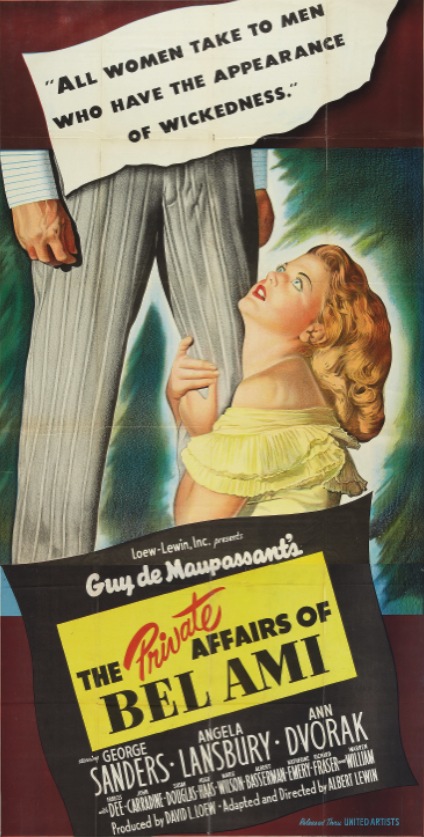 R.G. Springsteen’s Oregon Trail Scouts is an origin story, and tells how cowboy hero Red Ryder (Allan Lane) and his young Indian sidekick Little Beaver (Bobby Blake) first met.
R.G. Springsteen’s Oregon Trail Scouts is an origin story, and tells how cowboy hero Red Ryder (Allan Lane) and his young Indian sidekick Little Beaver (Bobby Blake) first met.
If you’re expecting a grand comic book origin story like Batman Begins (2005), don’t bother. The Red Ryder film series is strictly kids’ stuff, and Oregon Trail Scouts is nearly indistinguishable from all the other entries in the series, but that’s not a bad thing. The journeymen at Republic Pictures — both in front of and behind the camera — knew how to craft solid entertainment for the Saturday-matinée crowd.
Oregon Trail Scouts takes place in the early 1890s, when the best spots for trapping along the Snake River were reserved for American Indians. (Because we all know that the Bureau of Indian Affairs and the federal government bent over backwards to give Indians the best stuff.) This leads to various groups of trappers attempting to curry favor with Chief Running Fox (Frank Lackteen), much to the consternation of Red Ryder’s pal Bear Trap (Emmett Lynn), who fondly recalls the good old days when all you needed to do was get an Indian drunk and keep him drunk to get what you wanted … not that he ever did it himself (wink wink). Bear Trap is a western sidekick in the rootin’ tootin’ mold of Fuzzy Q. Jones and Gabby Hayes.
Meanwhile, a group of black hats attempt to get permission to trap beaver on the Willamette River from Running Fox using methods more devious than firewater. Bill Hunter (Roy Barcroft) uses reverse psychology couched in the pidgin English necessary to communicate with American Indians in B westerns. “Me come to bury hatchet,” he says. And when Running Fox doesn’t agree to give Hunter trapping rights, Hunter says, “What’s the matter with you, Running Fox? You heap big chief? Or like old squaw? That Indian agent lead you around by nose.”
Oregon Trail Scouts is packed with action, even by the action-packed standards of Republic westerns. There are shootouts galore, most of them the function of a ridiculously convoluted plot that has Bill Hunter and his henchmen going after their old comrade, the Judge (Earle Hodgins), who now calls himself the Doctor. The Judge ran off years earlier with Hunter’s money and the Indian boy Hunter had kidnapped. Hunter believes that the Indian boy is actually Running Fox’s grandson, and that if he can get him back then Running Fox will give Hunter beaver trapping rights for sure.
Guess who that little Indian boy turns out to be? If you guessed “Little Beaver, the cutest little Indian boy in the west,” you’d be correct. As if he wasn’t adorable enough, he comes equipped with a little canine sidekick named Wolf Dog, who looks like a Scotty mix with nary a bit of wolf in him. As soon as Little Beaver meets Red Ryder, he falls in platonic love with him, and wants to stay with Ryder, Bear Trap, and Ryder’s aunt, the Duchess (Martha Wentworth), forever and ever. Ryder likes the idea, but is circumspect about the prospect of adopting the Indian boy, and tells him, “I like you, too, Little Beaver, but if I don’t take you back, the Great White Father in Washington may get heap mad.”
Don’t you fret, boys and girls. If you’ve seen just one other Red Ryder movie, you know that things will turn out just fine for Red Ryder and Little Beaver, and that Little Beaver will, in his own words, “Make heap good sidekick.”















